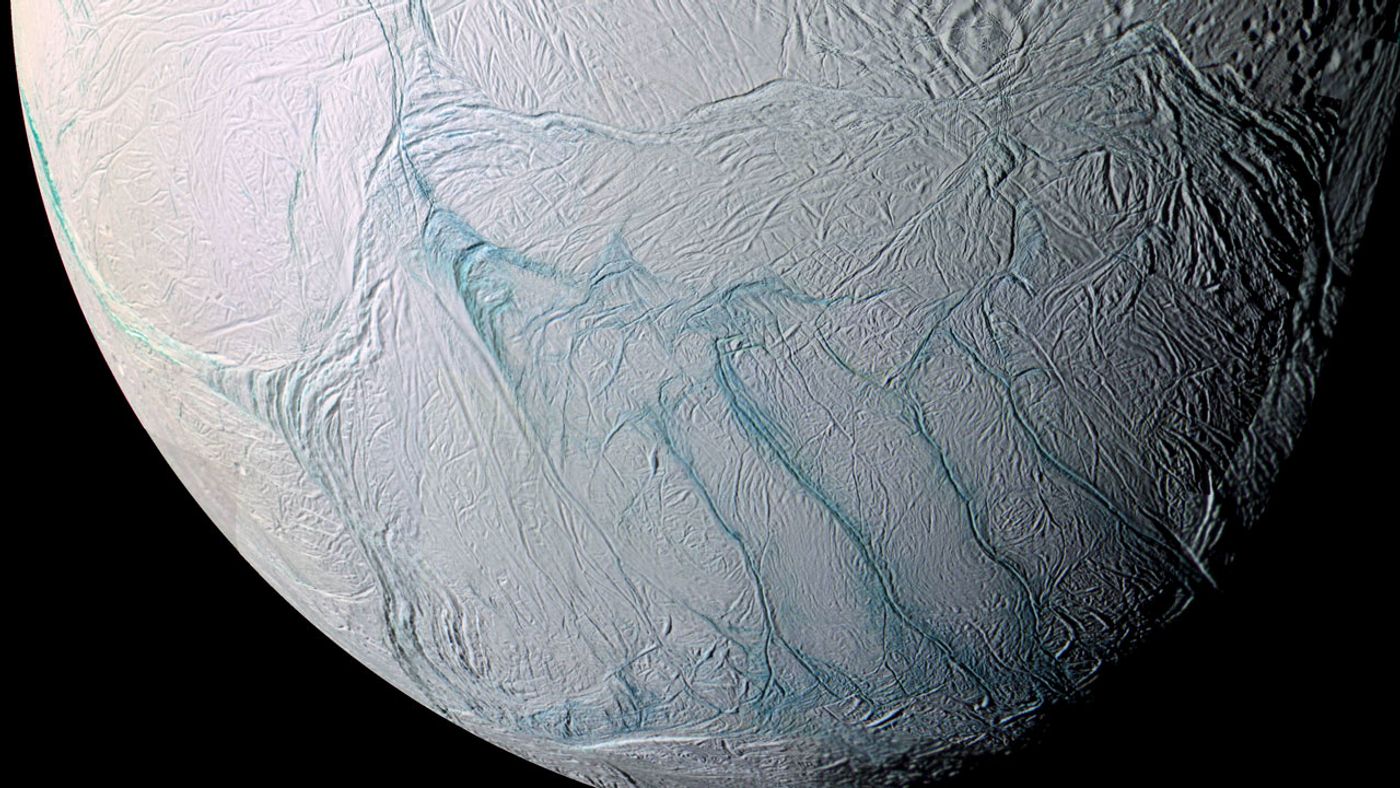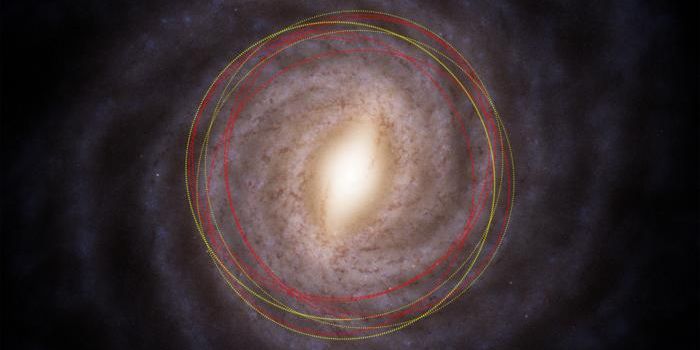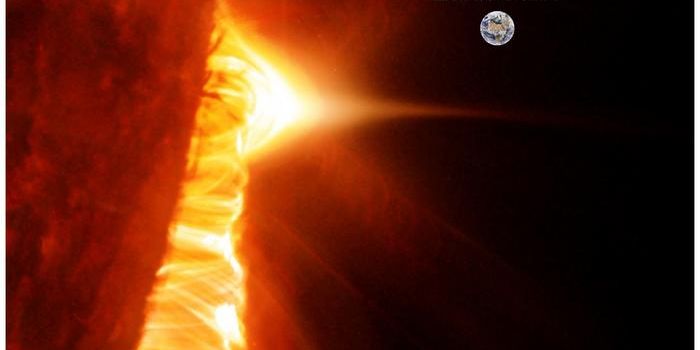Solar System Wonders: Enceladus' Geysers
Credit: NASA/JPL/Space Science Institute
When we think of geysers, some might immediately think of the geysers at Yellowstone National Park that shoot water hundreds of feet into the air. Watching such spectacles is a true demonstration of Earth at work as it spits out hot water that had been building up within the planet’s interior.
However, Earth isn’t the only place in the solar system that exhibits such spectacular geologic behavior, as an icy moon orbiting Saturn has not only been observed shooting out liquid water into space, but NASA even flew a spacecraft through them, as well. These geysers, often referred to as plumes, belong to Saturn’s moon, Enceladus, which is an ocean world that is a strong target for searching for life beyond Earth.
The source of these plumes is from large fissures in the moon’s south pole, which have been dubbed as “tiger stripes” due to their striking resemblance. While Enceladus was first discovered in 1789, the plumes went undiscovered until NASA’s Cassini spacecraft visited the Saturn system in the 2000s, observing the plumes in 2005. It wasn’t until 2008 that Cassini was able to fly directly through and sample the plumes themselves, revealing a combination of water vapor, carbon dioxide, carbon monoxide, volatile gases, and even organic materials, as well. Scientists have concluded that the plumes have an effect on Saturn’s magnetosphere and one of the planet’s rings, too.
Credit: NASA/European Space Agency/JPL/Space Science Institute/Cassini Imaging Team
The discovery that this tiny moon of Saturn had plumes of water emanating from its south pole confirmed the longstanding hypothesis that Enceladus harbors an interior ocean beneath its icy shell.
Several proposed missions to return to Enceladus and explore these plumes in greater detail have been proposed, but none have been approved as of yet. What secrets do these plumes harbor, and what can they tell us about the interior ocean of Enceladus? Only time will tell, and this is why we science!
Sources: Yellowstone National Park, Utah FORGE, NASA, NASA (1), NASA (2)
As always, keep doing science & keep looking up!










